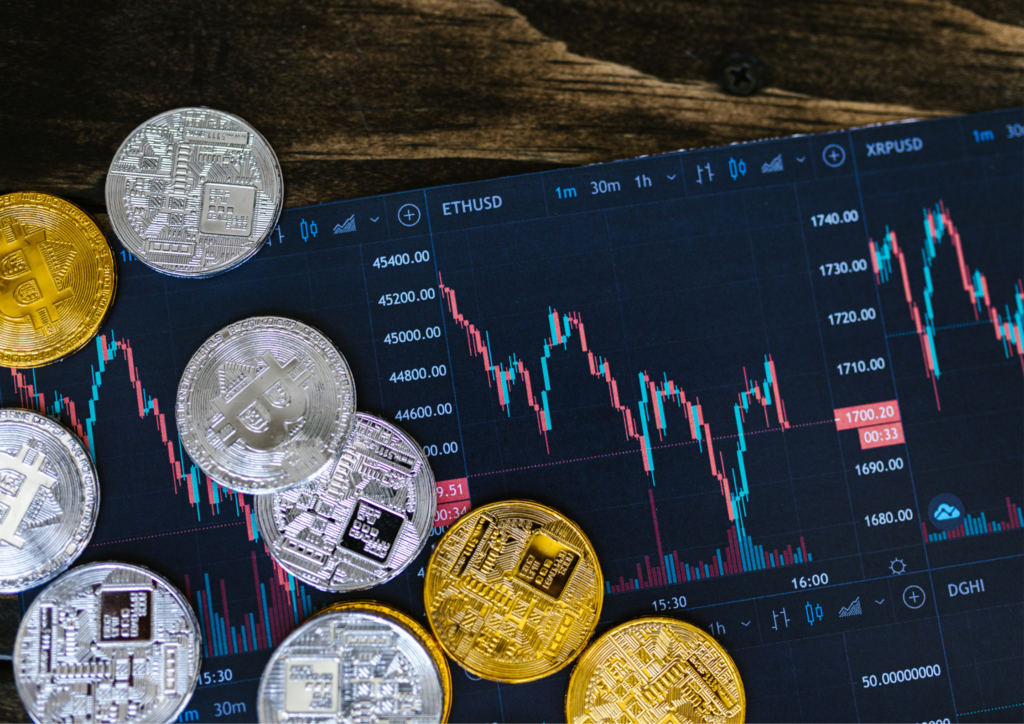The all-time crypto market cap peak for the total market capitalization of cryptocurrencies was reached on January 7, 2018, when it reached an all-time high of over $830 billion. This crypto market cap peak was driven largely by the tremendous increase in the price of bitcoin, which reached an all-time high of almost $65,000 per bitcoin on that same day.

Since then, the cryptocurrency market has experienced a significant downturn, with the total market capitalization falling to around $200 billion as of January 4, 2023. This decline has been caused by a number of factors, including regulatory uncertainty, concerns about security, and a general drop in interest in crypto market cap peak.
It is worth noting that the cryptocurrency market is highly volatile and prone to significant price fluctuations, so it is difficult to predict what the market will do in the future. Some experts believe that the market could recover and reach new highs in the coming years, while others are more skeptical about the future prospects of cryptocurrencies.
Certainly! Here are a few more things to consider about the crypto market cap peak in the cryptocurrency market:
- The all-time crypto market cap peak was driven by speculation: Much of the demand for cryptocurrencies in late 2017 and early 2018 was driven by speculation, with many people buying cryptocurrencies in the hope that their prices would continue to rise. This speculation was fueled by a number of factors, including media attention, the potential for cryptocurrencies to disrupt traditional financial systems, and the limited supply of certain cryptocurrencies.
- The market has experienced multiple crypto market cap peaks and troughs: The cryptocurrency market has experienced multiple crypto market cap peak and troughs over the years, with prices rising and falling sharply on a regular basis. This volatility can make it difficult for investors to make informed decisions, and it has led some people to view cryptocurrencies as highly risky investments.
- The market is still relatively small: Despite the all-time crypto market cap peak in the market capitalization of cryptocurrencies, the market is still relatively small compared to other financial markets. This means that it is more susceptible to manipulation and can be affected by events or developments that would not have a significant impact on larger markets.
- The future of the market is uncertain: It is difficult to predict what will happen to the cryptocurrency market in the future. Some experts believe that the market could continue to grow and mature, while others are more skeptical about the long-term prospects of cryptocurrencies.
- The all-time crypto market cap peak was not sustainable: The tremendous increase in the price of cryptocurrencies in late 2017 and early 2018 was not sustainable, and the market eventually corrected itself. This correction was driven by a number of factors, including a lack of fundamental value, regulatory concerns, and a general cooling of investor enthusiasm.
- The market has attracted significant regulatory attention: The rapid rise in the price of cryptocurrencies in late 2017 and early 2018 attracted significant regulatory attention, with governments around the world taking steps to better understand and regulate the market. Some of these regulatory efforts have been aimed at increasing transparency and protecting consumers, while others have been more focused on curtailing the use of cryptocurrencies for illicit purposes.
- The market is still evolving: Despite the all-time crypto market cap peak in the market capitalization of cryptocurrencies, the market is still in the early stages of development. Many people believe that the market will continue to evolve and mature over time, and that it will eventually be more stable and less prone to extreme price fluctuations.
- The market is highly competitive: The cryptocurrency market is highly competitive, with a large number of players vying for market share. This competition can make it difficult for new entrants to succeed, and it can also lead to rapid changes in market dynamics.


















